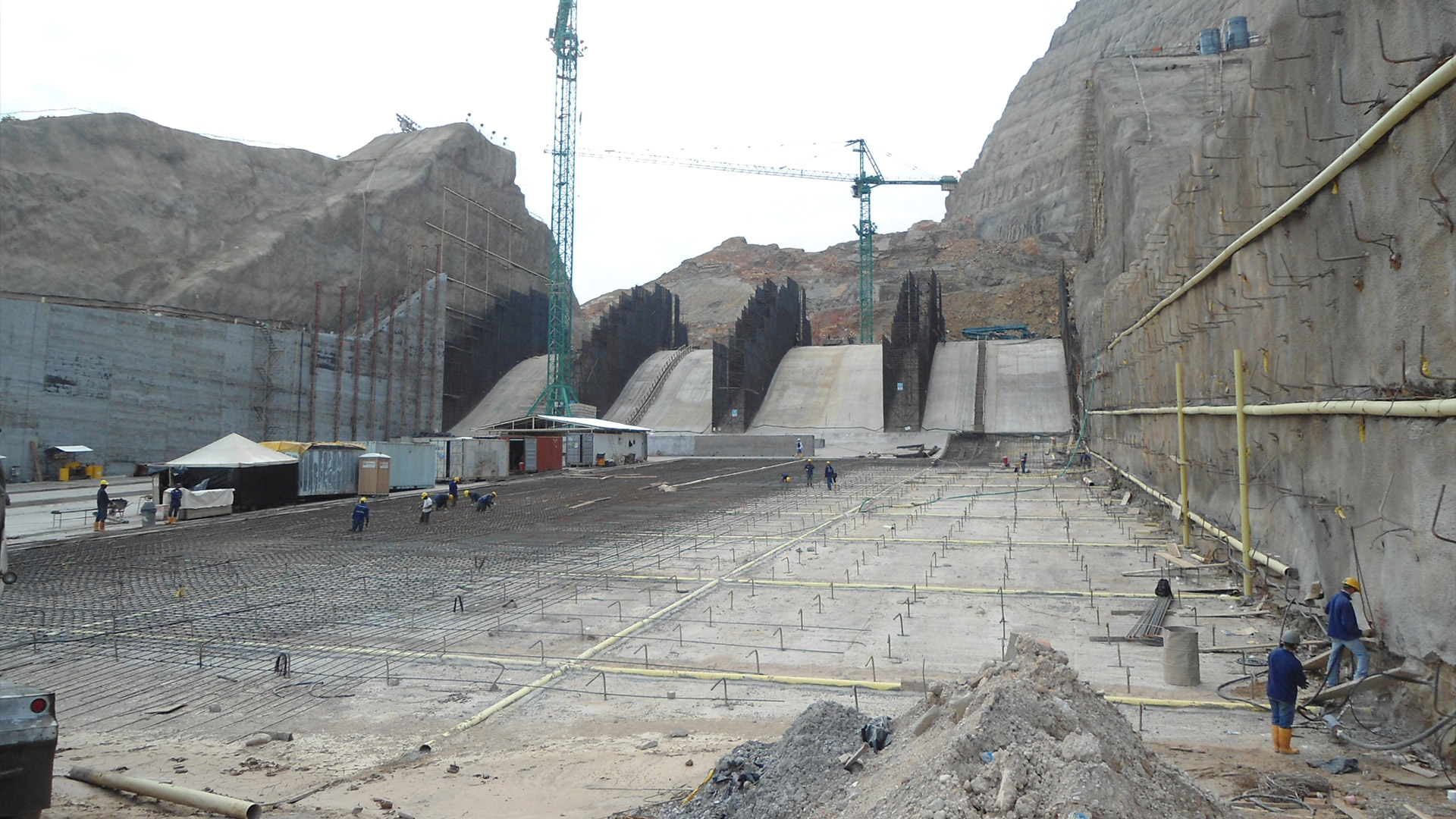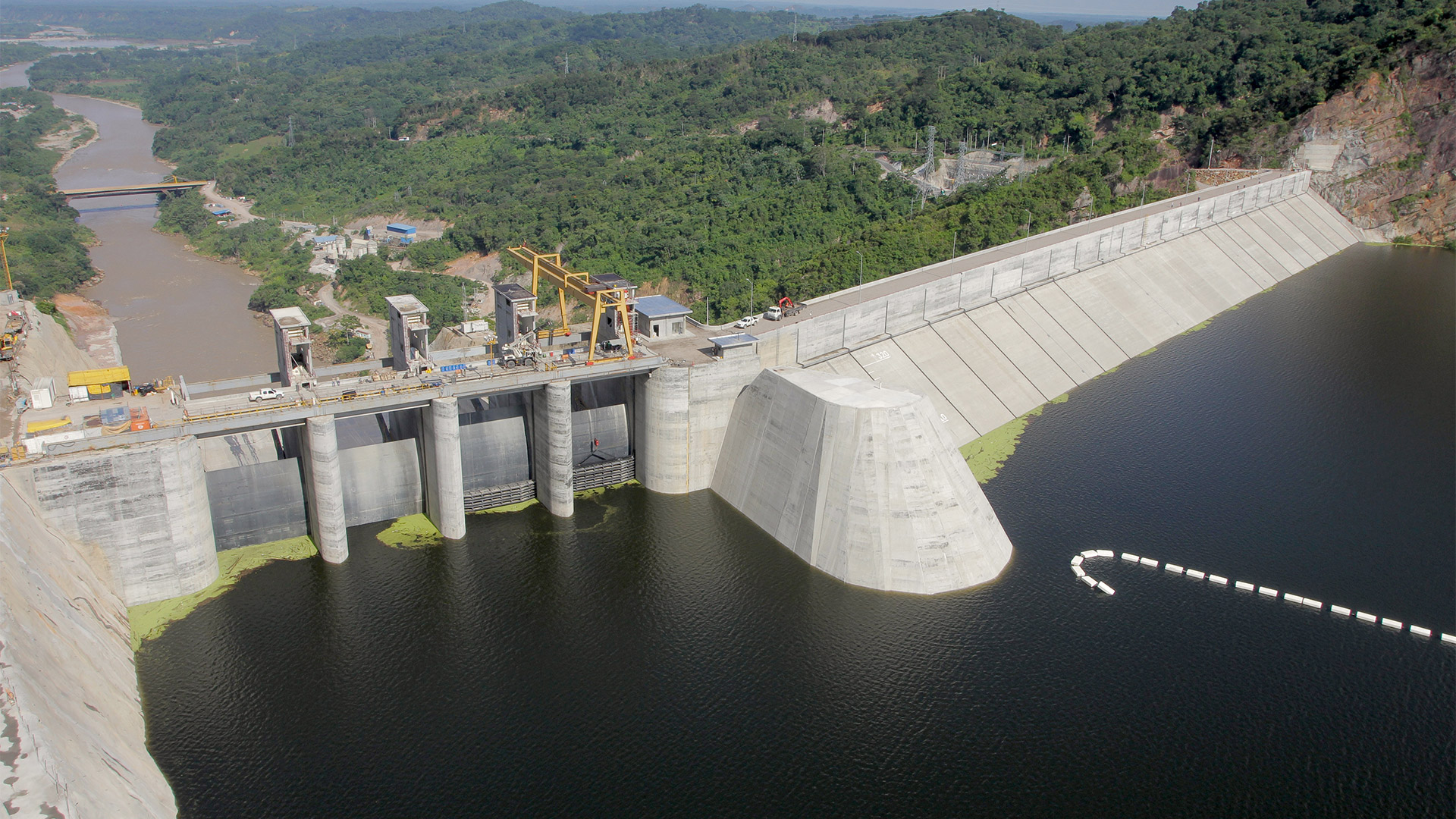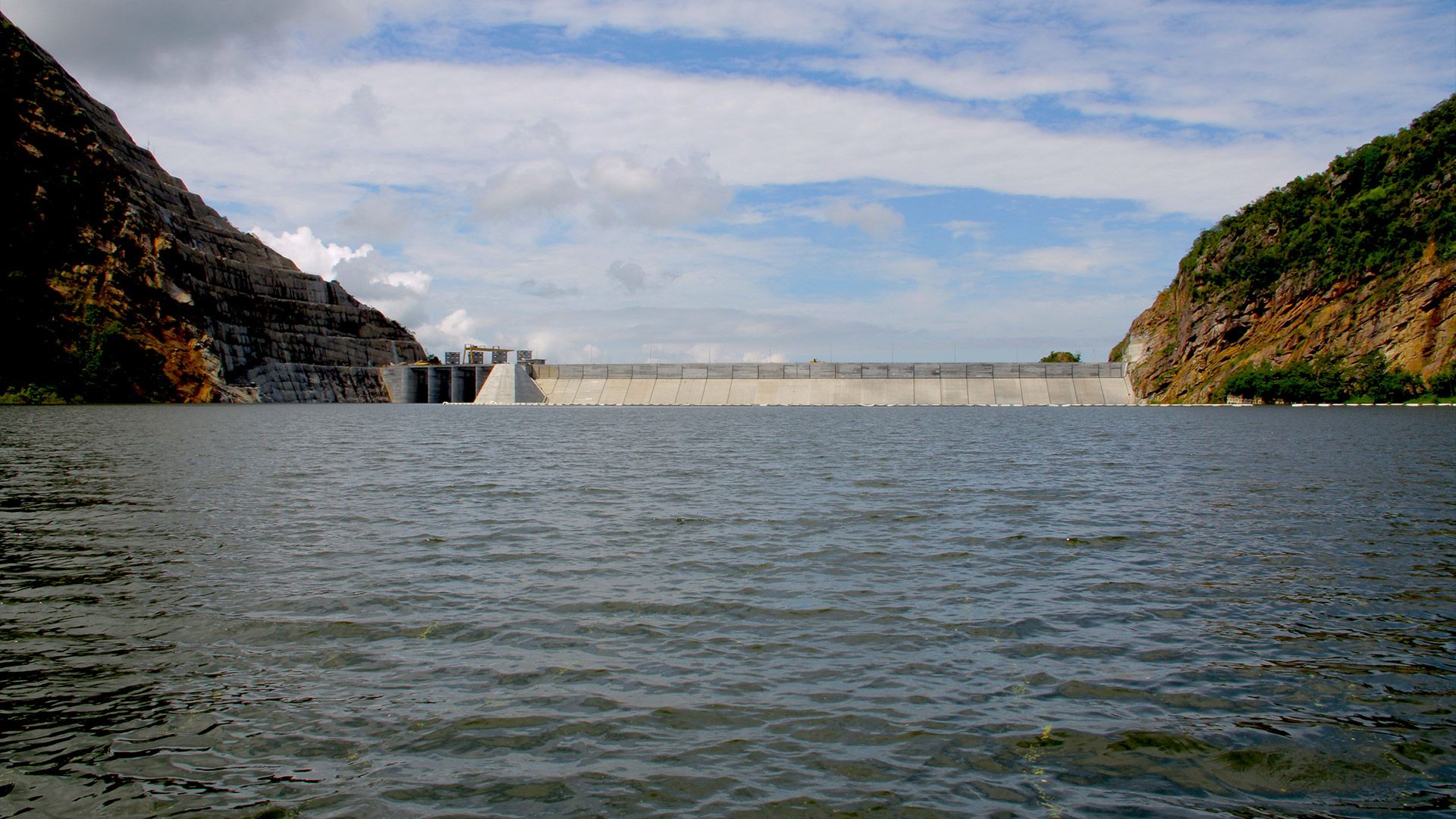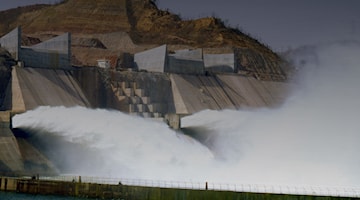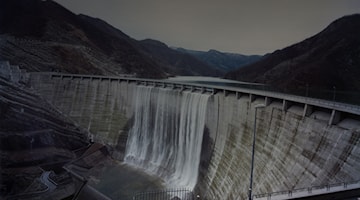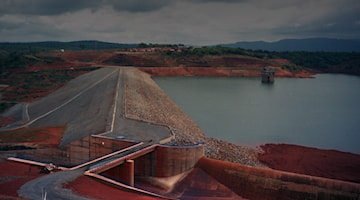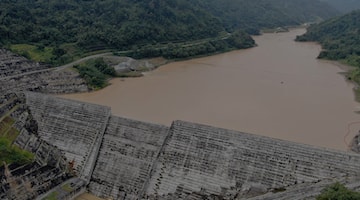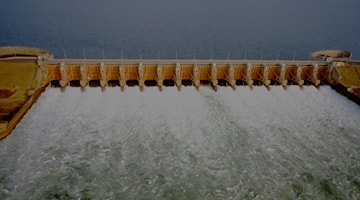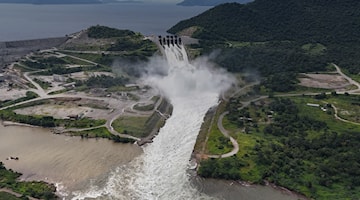Colombian water
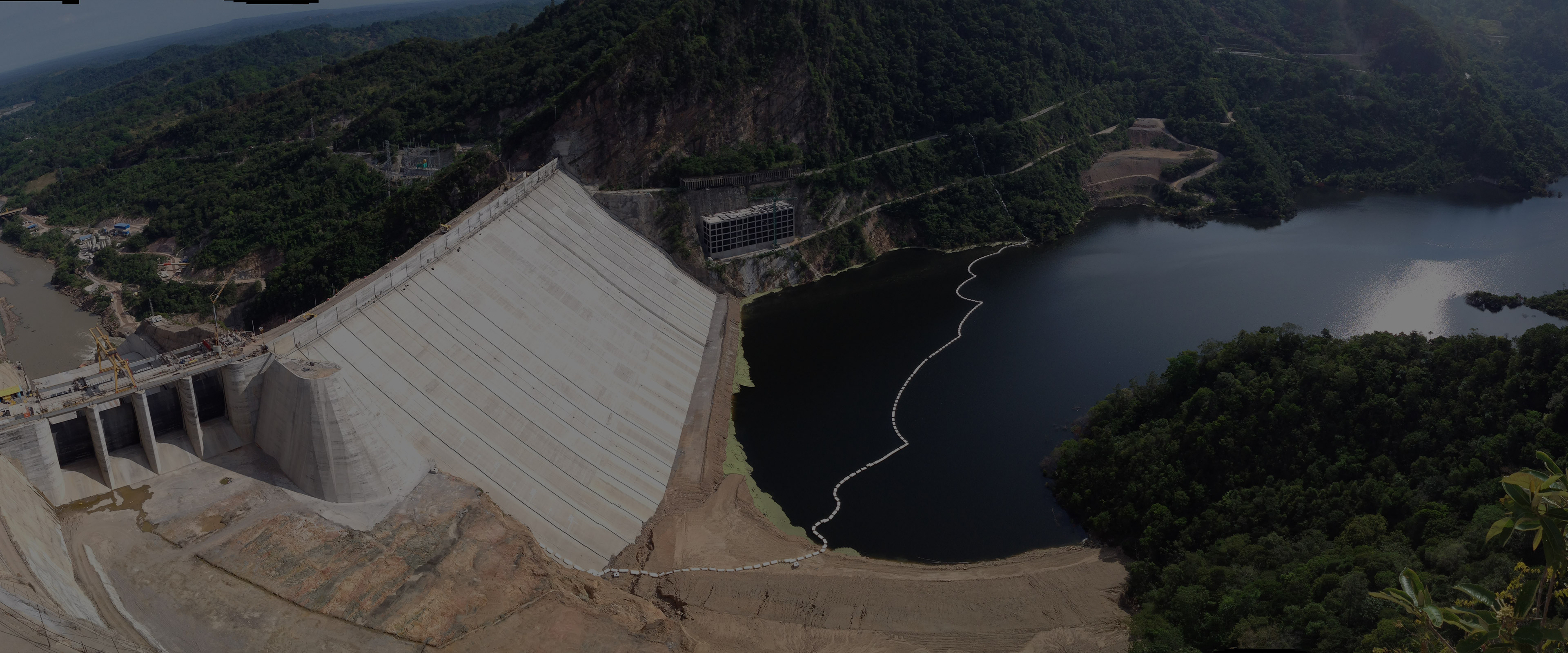
SOGAMOSO HYDROELECTRIC PROJECT, COLOMBIA
A flutter of wings in Beijing can set off a hurricane in New York. According to the so-called butterfly effect, the imperceptible alteration of a state of equilibrium can trigger a cataclysm on the other side of the world. True. And although El Niño (a complex system of atmospheric currents and pressures that generates an abnormal warming of ocean waters every five years or so) is not exactly a wingbeat, its geographical location in the equatorial Pacific has repercussions for the entire planet.
These include long periods of drought to cope with which many Colombians had to ration water and electricity until the Sogamoso dam in Santander, the third largest in Colombia, changed things.
Located on the Sogamoso river 40 km from Bucaramanga, built between 2009 and 2015 in a green canyon through the La Paz mountain, the Sogamoso hydroelectric plant produces 10% of the nation's energy, providing electricity to 97% of Colombian households.
The dam stands 190 metres high and 300 metres long, weighing the equivalent of a thousand elephants. It is part of a system that comprises two 870 metre-long tunnels, a power station with three 820 MW turbines and a 4,800,000 cubic metre reservoir, all in an area of 7,000 hectares.
Besides the region's security and energy development, the dam, among the most important infrastructures in Colombia, has boosted tourism and created new opportunities for growth. It has generated 7,000 jobs and brought new professions into an economy based mainly on agriculture and livestock breeding.
Along with environmental protection, this earned it the National Award of the Colombian Society of Engineers. The dam draws from the country's most important water basin, the Magdalena River, of which the Sogamoso River is a tributary. Used for transport, fishing, hydroelectric production and as a tourist attraction, the rivers running down from the Andes cordillera have always been a key economic element in a country rich in fossil deposits, which are still the main source of energy.
However, although Colombia is the world's 24th largest producer of crude oil (its third most important export), renewable energy production has increased by 26% in the last ten years. A third of this comes from the Sogamoso dam.

THE WORK AND THE TECNIQUE
METERS DAM HEIGHT
METERS RIDGE LENGTH
HECTARES PLANT AREA
MW INSTALLED CAPACITY
AROUNDJOBS CREATED
Isagen S.A. E.S.P.
ICT II SAS (Colombian company controlled by Salini Impregilo, today Webuild)
The project carried out by Salini Impregilo through its Colombian subsidiary ICT II SAS (both now part of the Webuild Group), started with the construction of diversion systems to channel the river water into two side tunnels, respectively 830 and 860 metres long and 11 metres high.

CULTURAL INSIGHTS


Expansion of renewables to protect against El Niño
Colombia's primary energy consumption has grown over the last decade, reaching 1,375 exajoules (EJ) in 2023.
In recent years, oil has remained the main energy source for the South American country, which is combining the use of its abundant fossil fuels – in 2024 Colombia was the 24th largest crude oil producer in the world, and oil is the third-largest item in national exports – with an increase in renewable energy generation capacity.The latter amounted to 59,326 GWh in 2023, an increase of almost 18% compared to 2013. They have therefore grown by over 26% in a decade, exceeding 12.55 GW in 2021 and matching the share of primary energy consumption from renewable sources, which in 2021 stood at 29.7%.The Sogamoso hydroelectric plant has sheltered the country from atmospheric shocks, making it less exposed to interruptions caused by the side effects of El Niño and has made a decisive contribution to the development of the new energy policy.
Thanks to its huge turbines, the Sogamoso plant accounts for more than 8% of the country’s energy consumption, or one-third of all renewables, ensuring access to electricity for 97% of Colombian households by 2021.
of Colombian families have access to electricity thanks to the plant (2021 data)
of all energy consumed in Colombia produced by the Sogamoso plant












